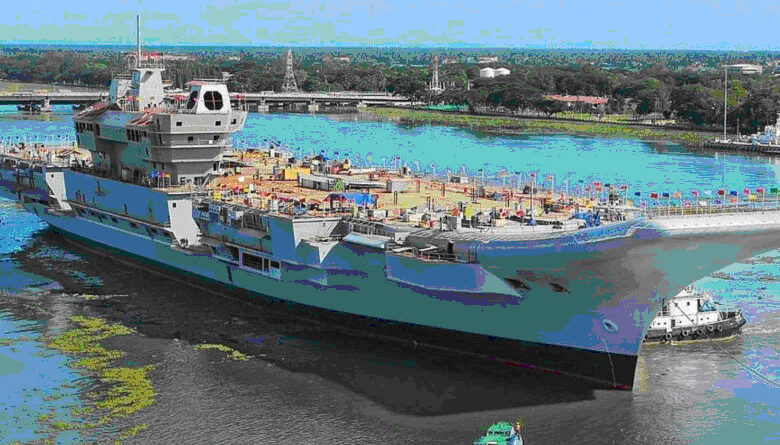India’s Aircraft Carriers Have Some Advantages
02 March, 2020
One of the most persistent fashions in military circles is predicting the demise of the aircraft carrier. It has become an article of faith among many analysts that the world’s biggest warships can’t hide in an era of precision-guided missiles and reconnaissance satellites, and it’s just a matter of time before some upstart military power like China proves the point.
The more colourful accounts of why carriers will be a waning factor in warfare describe a “line of death” in the seas near China that can’t be crossed without courting catastrophe. With one large carrier in service and another on the way, India has become one of the world’s pre-eminent naval aviation powers.
How did the program come about? Where is it going? And what is the strategic rationale for India’s massive investment in aircraft carriers?
Despite considerable economic challenges, India took carrier aviation very seriously in the years after independence. Unlike China or even the Soviet Union, India focused on carriers instead of submarines.
INS Vikrant, a Majestic-class light carrier, served from 1961 until 1997, fighting effectively in the 1971 war. INS Viraat, formerly the Centaur-class carrier HMS Hermes, joined the Indian Navy in 1987 and served until 2016. These carriers gave the Indian Navy long-term experience in carrier ops, as well as a compelling organizational logic for maintaining a carrier capability.
India’s carrier force has developed a three-pronged rationale for its purpose.
The first prong is support of a conventional war against Pakistan, which would involve strikes against Pakistani naval assets and land bases. Unfortunately, Vikrant and Vikramaditya would struggle in strike operations because of limitations on aircraft weight, although they certainly would attract Pakistani attention.
Second, the carriers make the Indian Navy the preeminent force in the Indian Ocean, better able to command the area than any foreign competitor. Indian carriers will always have better access to bases and support facilities in the Indian Ocean than China, the United Kingdom or even the United States, and the presence of the carriers facilitates the projection of Indian power and the management of trade protection.
Courtesy: Defence Aviation Post

